
| YOU ARE HERE: H. P. OLIVER HOME > BOOKS > GOODNIGHT, SAN FRANCISCO VISUALIZATIONS |

|
VISUALIZATIONS |
|
(Chapter 1) In the wee small hours, California Highway One north of Half Moon Bay is about as desolate as it gets. The narrow, twisting road was etched from sheer cliff faces that towered above me on the right and dropped away a hundred feet to the Pacific Ocean on my left. A soggy wool blanket of San Francisco's famous fog hung a few feet above the roadway, obscuring the stars and dribbling tiny spots of mist on my windshield. My headlights bored through the gap between road and fog, drilling an endless tunnel through the darkness. |
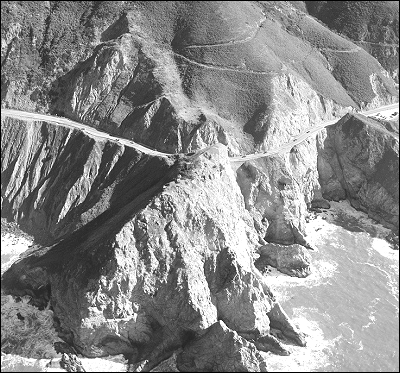 |
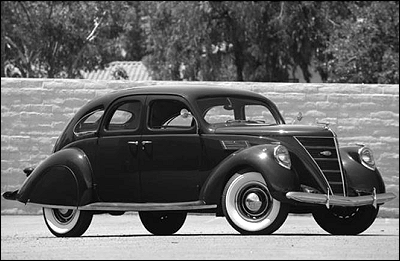 |
(Chapter 1) I pulled off and cranked the steering wheel around, but as I let out the clutch, a pair of brilliant lights topped the hill a hundred feet further up the road. I slammed the brake pedal to the floor and a large, dark Lincoln Zephyr flashed through my headlights. A big man wearing a hat was hunched over the wheel as if he were concentrating on the road ahead. I hoped to hell he was concentrating, because at that speed, the woman at the bottom of the hill would appear in his headlights without any warning, giving him precious little time to avoid hitting her. |
|
(Chapter 1) The white Oldsmobile was right where Framm said it would be. I found a spot wide enough to pull over on my side of the highway and walked back for a look. The convertible top was down and the brown leather seats were covered with a film of mist. A set of keys dangled from the ignition and the gas gauge needle was pointing to a spot just south of empty. That fact went a long way toward explaining why the dead woman was afoot. |
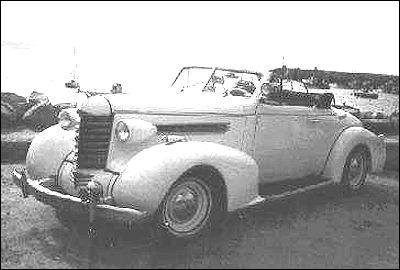 |
 |
(Chapter 2) The Ford was parked across the street from my apartment, and as I approached it, I wished there'd been time to wash the darn thing. Parking a lowly three-year-old Ford among the fancy new Packards, Lincolns and Cadillacs in the museum lot was bad enough. Parking a dirty Ford there was really poor form. But what the hell, I don't have a chauffeur, either. |
|
(Chapter 3) My usual route to Dandy's--out Steiner to Alta Plaza Park, then east on Clay to Buchanan--took me past the Doherty home. Twenty-three-fifteen was on the west side of Buchanan, and it was a typical Pacific Heights residence-a large three-story Victorian displaying the requisite collection of gables and gingerbread. |
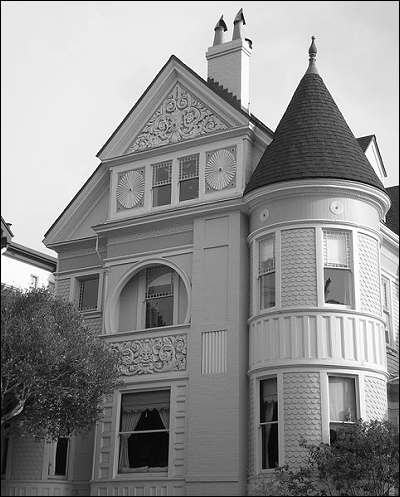 |
 |
(Chapter 3) A moment later we crested the hill and there it was: A grand monument to the world's great art, the Palace of the Legion of Honor. Valets were on hand to park the automobiles of those who didn't have a chauffeur to take care of such trivialities. One of the maroon-jacketed young men opened Dandy's door and helped her out, while another handed me a brass claim token, being careful not to brush up against the Ford lest he soil his pretty jacket. |
|
(Chapter 4) The offices and studios of radio station KDG are located on the fourth floor of the Owl Drug Building at Third and Market. From a news standpoint it's an ideal location, being across the street from the San Francisco Examiner and only a couple of blocks from the Chronicle. |
 |
 |
(Chapter 6) At quarter to six I picked up my script and wandered down the hall to the business end of KDG. The station has a couple of rooms that serve as studios, but the one I use is more like a closet than a room. It is referred to as an announcer's booth and it barely contains a small desk, a chair and a microphone. There's also a window in front of the desk that allows for nonverbal communication with the engineer in his control room. Mostly the booth is used by staff announcers for reading commercial messages and the station identifications you hear between programs. |
|
(Chapter 7) The Embarcadero extends north and south from the Ferry Building at the foot of Market Street, and by day, it is the busiest street in The City. Men scurry and machines lumber up and down the waterfront, moving tons of cargo and thousands of passengers through the Port of San Francisco every day. It's a rowdy scene of perpetual motion verging on pandemonium from dawn 'til dusk. |
 |
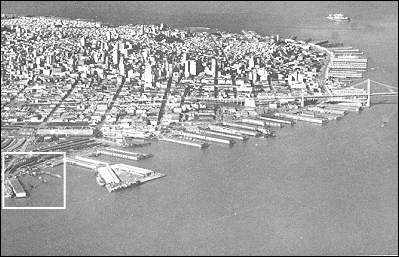 |
(Chapter 7) Though I'd never been to pier forty-two, I knew I was headed in the right direction because the odd-numbered piers run north of the Ferry Building and the even numbers are to the south. The forties begin just above China Basin. By the time I reached them, my headlights and an occasional squeak from the Ford's springs as they complained about the uneven pavement were the only signs of life for miles around. The small parking area in front of pier forty-two was empty and I swung in slowly, letting my lights play over the huge red letters on the front of the building that spelled out, "Pacific Eastern Line." |
|
(Chapter 8) Picturing the killer behind the wheel of his Lincoln, I wondered if he had any idea how badly Doherty wanted him dead. Or why. Just then my mental picture of the Lincoln triggered another, more recent, memory. One of the cars along the curb where I usually park was a big black sedan. Not a Lincoln, but a new Buick. Expensive cars like that don't belong in a working-class neighborhood. What the hell was it doing here? |
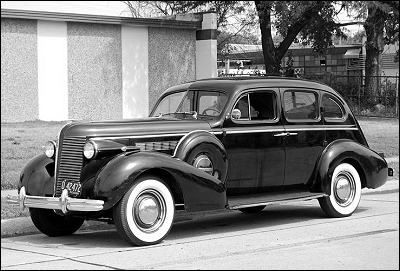 |
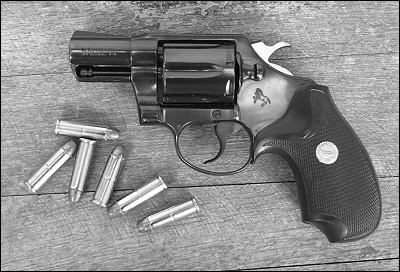 |
(Chapter 8) Sitting at the table, I pulled my old Colt Detective Special out of the sack. With fingers that were none too steady, I flipped the chamber open and loaded five rounds from the cardboard box of thirty-eight caliber ammunition. The little revolver went into my right coat pocket and five more rounds went into my left pocket. The ammo box slipped neatly between some shirts in my suitcase. |
|
(Chapter 8) I drove down Mission, past San Jose Avenue, and pulled into the Mission Auto Court. I knew the place because I'd found their advertisement in the Auto Club guide book and spent my first couple of weeks in San Francisco there. The night clerk even remembered me. We were old chums. |
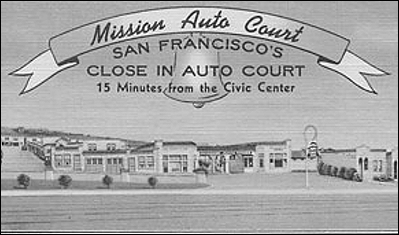 |
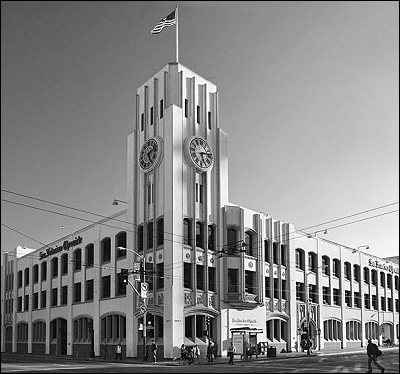 |
(Chapter 9) Fifteen minutes later I was riding the Chronicle's elevator down to their basement. The Chron's morgue is a gloomy gymnasium-sized room crowded with filing cabinets and shelves full of old newspapers that date clear back to before Hector was a pup. There are also a few worktables and a couple of desks. Bobby Newmann was sitting at one of those desks when I stepped out of the elevator. |
|
(Chapter 10) It was just past eleven when I walked into the Howard Automobile Company's showroom on Van Ness at O'Farrell. A salesman was at my side before I got both feet through the door, and he was well into his spiel about all the amazing new features found on the nineteen-thirty-seven Buicks before I got enough words in edgewise to explain that I was there to see Osgood Bledsoe. His disappointment was obvious, but he shrugged and led me to the General Manager's office. |
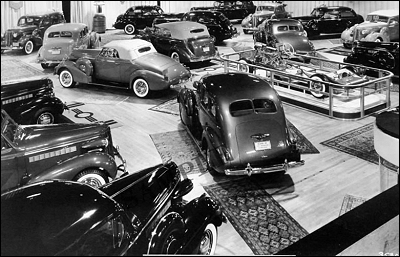 |
 |
(Chapter 11) As towns go, Larkspur isn't much. Magnolia Avenue is Larkspur's main drag and the business district is loosely strung along it for a distance of four or five blocks. The town's predominant industries appeared to be dispensing booze and repairing cars. I passed at least four establishments dedicated to each of those enterprises. Of the remaining businesses, the most notable were the Blue Rock Hotel, the Larkspur Lumber Company, and a Northwestern Pacific train depot. What I did not see, however, was a dance pavilion called the Rose Bowl. |
|
(Chapter 11) I fished the Chron article with Elaine Doherty's picture out of my pocket. "I came up here to do some background investigation for a story we're covering. I'd like to know if anybody saw this woman at the Rose Bowl last Saturday night." Cap Larson took the clipping and stepped over to the open door where the light was better. "No, I don't recall seeing her, but that sure don't mean she wasn't here. We had twenty-seven-hundred-and-some at the Bowl Saturday night. I certainly didn't see 'em all." |
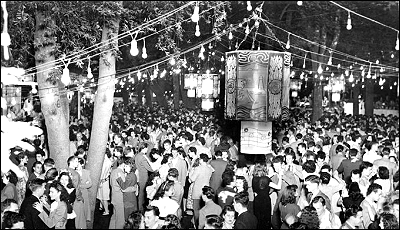 |
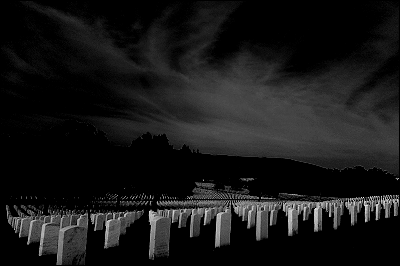 |
(Chapter 14) I walked back to the auto court and checked with the night man again. There were no calls, so I climbed into my Ford and followed Mission Boulevard south through Daly City. A few miles later Mission became the El Camino Real, which took me past the cemeteries of Colma. Driving by those endless rows of moonlit tombstones rekindled the hot thing burning in my stomach. A lot was riding on the shoulders of Dandy's knight in shining armor. |
|
(Chapter 15) The sky beyond the hills above Tiburon was just beginning to lighten as Will Framm and I pulled into the sanitarium's gravel parking area. I shut the Ford's engine off, and we sat there in the early morning silence staring up at the dark building and deciding what to do next. |
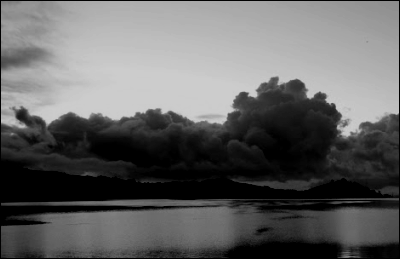 |
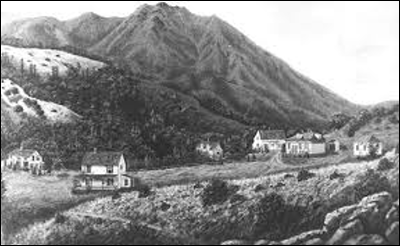 |
(Chapter 16) Finding Tompkin's General Store was even easier. It was a white wood-frame building that comprised a full third of Reed's business district. The other two-thirds consisted of a little two-pump Shell service station and a tavern called the Strawberry Point Inn. There were a dozen older houses scattered around among eucalyptus trees--all of them wood-frame and painted white like the store. A few of the yards had lawns and flower beds, but much of Reed's landscaping was left to the whims of nature. And for the most part, nature was doing a pretty good job. Just a few rusty automobile parts and broken-down household appliances were still visible through the weeds.
|
|
(Chapter 17) Compared to the other Marin County communities I'd visited in the past two days, San Rafael was a metropolis. It was even big enough to have an old part of town. That's where Hildebrand's Dry Cleaning and Laundry Service was-next door to a paint store in the four hundred block of Fourth Street. Their old wooden building looked as if it might have already been there when Sir Francis Drake showed up here back in fifteen-hundred-something. |
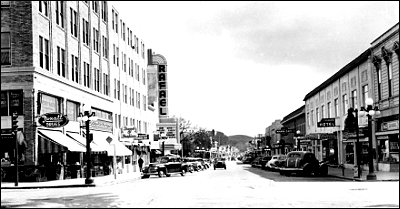 |
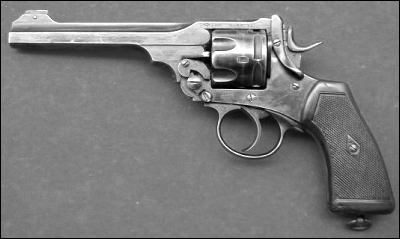 |
(Chapter 21) I looked down the Webley's sights and lined them up with the Buick's driver-side windshield. Of course, it was all a bluff. I could see the silhouettes of the driver and more than two passengers, which meant Dandy and Gladys were in the car. If I fired a round through the windshield, there was a good chance of hitting the wrong person. If forced to shoot, about the only thing I could do was fire into the Buick's grille and hope one of the Webley's big slugs hit something vital, though the odds of actually stopping the car were pretty slim. I hoped the driver was too busy to figure all that out. |
|
(Chapter 22) "If everything goes well, we can probably let you out of here on Sunday or Monday." My foggy brain responded to that with an obvious question I hadn't thought to ask until now. "Doctor, just exactly where is here?" He looked a little surprised. "I'm sorry. I just assumed somebody had already told you that. You're at Saint Mary's Hospital." Phelan looked down at the chart in his hands and added, "Room three-twelve." |
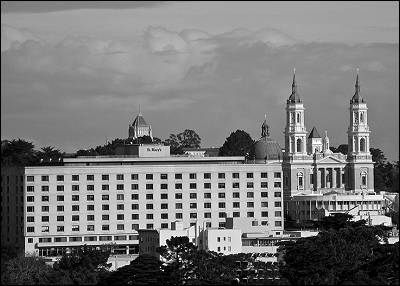 |
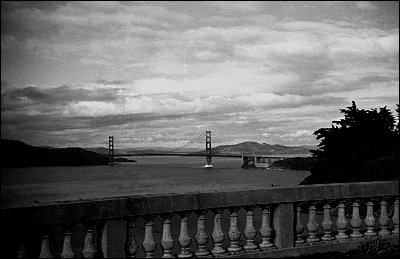 |
(Epilogue) I paused for a moment, thinking a silent good-bye to the young woman I'd met just a little too late out on the Pacific Coast Highway. Then I said, "And that's your news for Monday, June fourteenth. This is Parker T. Atkins. Goodnight, San Francisco."
|